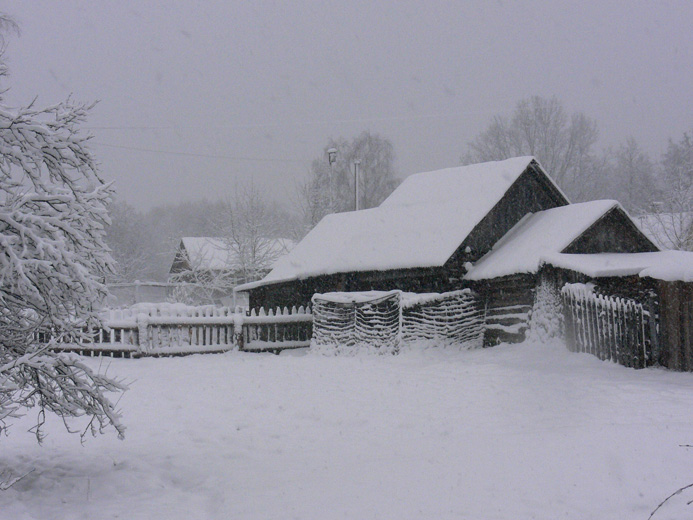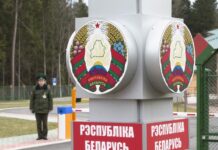
The Musical Folklore Archive of the Lithuanian Music and Theatre Academy (LMTA) has produced an Christmas gift for readers in the form of a new database called “Metų ratas” (Seasons of the Year). It contains important information about the main calendar feasts celebrated in Lithuania, with their history, customs, songs, and games. Creators hope that the archive will be useful for folklore ensembles and anyone interested in regional and general rites and celebrations.
 The database at https://metu-ratas.lmta.lt/ includes a dictionary, audio and video files, photos, musical notes, a map and a bibliography of sources. There is also an English section, which as yet contains only one article, titled Traditions, rituals and folklore related to calendar feasts. It is a wide-reaching text, with the first section introducing to Lithuanian folklore. We present a summary:
The database at https://metu-ratas.lmta.lt/ includes a dictionary, audio and video files, photos, musical notes, a map and a bibliography of sources. There is also an English section, which as yet contains only one article, titled Traditions, rituals and folklore related to calendar feasts. It is a wide-reaching text, with the first section introducing to Lithuanian folklore. We present a summary:
Human life and the concept of time are regulated by the phenomena of nature, first of all the decrease in the sun’s intensity and the solstice. The solstice was expected to appear on about November 30, and the sun’s rebirth was celebrated at the end of December (approximately from Christian Christmas – December 25) to January 6 – the Twelfth day of Christmas). Celebration of the longest day, the feast of St. John (June 24) as a rule began at the end of May and lasted up to June 29 (St Peter’s). Ethnologists divide the annual cycle into two parts: 1) rituals performed to glorify the sun’s rebirth and the awakening of nature and the earth, and to ensure plentiful crops and good health of domestic animals; 2) rituals anticipating successful harvesting, with gratitude to divinities and ancestors.
 Ritual dishes were prepared during different seasons and feast days. As a symbol of abundance, the number of dishes (12) is important at Kūčios, for example, and 12 meals to be eaten at Mardi Gras.
Ritual dishes were prepared during different seasons and feast days. As a symbol of abundance, the number of dishes (12) is important at Kūčios, for example, and 12 meals to be eaten at Mardi Gras.
The origin of the main ritual dishes is rooted in primitive society: these are dishes made of beans, grains,poppy seeds, hemp, and honey. Coliphia [or kūčia] was one of the most important ritual dishes prepared for funerals and for seasonal feasts, and is connected to the cult of dead ancestors. It is made of wheat, barley, peas, beans, rye, mixed with water and sweetened with honey or the poppy seed milk. For Mardi Gras, Christmas and Easter, it was traditional to prepare a stew [šiupinys] of grains, peas, flour, fat and pork. Mardi Gras pancakes are treated as archaic ritual dishes (earlier, these pancakes were designated for the dead). One of the most important ritual drinks is beer.
Some traces of the cult of the dead remain to this day. Even at the beginning of the 20th century rituals symbolized the hope that the souls of dead relatives stay among the living. This was nurtured by constant references to the dead in rural communities. For example, after starting the Christmas Eve meal, the first morsels and sips of drinks were set aside for the souls of ancestors. This ancient tradition was observed while celebrating all other agricultural and family feasts in the belief that the ancestors’ souls were also celebrating.
 Kūčios, in particular, is a time when Lithuanians feel close to deceased loved ones, and maintain vestiges of their pre-Christian beliefs and ties to their ancestors. At Kūčios some families still set a plate for a family member who has passed, with a burning candle on it so their soul may find its way home. Straw is placed under the tablecloth or table for returning souls to have a special spot to rest. In the past, the Kūčios meal would be covered and left on the table for them to share. In old Lithuania, Kūčios was a time of mystery and spirituality.
Kūčios, in particular, is a time when Lithuanians feel close to deceased loved ones, and maintain vestiges of their pre-Christian beliefs and ties to their ancestors. At Kūčios some families still set a plate for a family member who has passed, with a burning candle on it so their soul may find its way home. Straw is placed under the tablecloth or table for returning souls to have a special spot to rest. In the past, the Kūčios meal would be covered and left on the table for them to share. In old Lithuania, Kūčios was a time of mystery and spirituality.





























